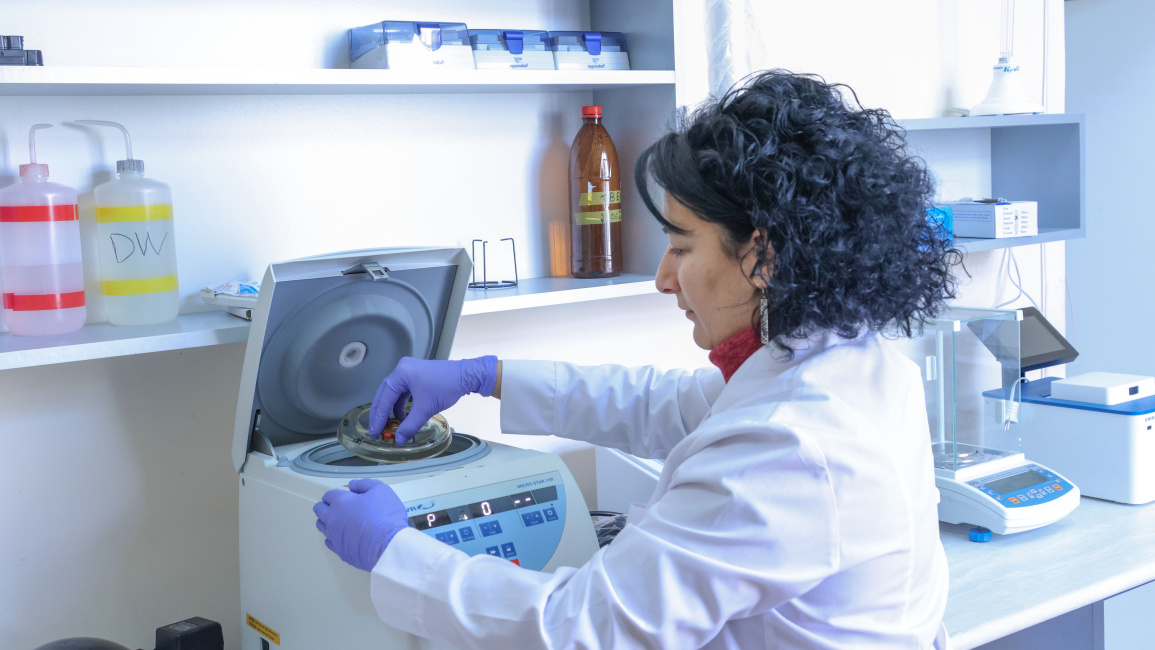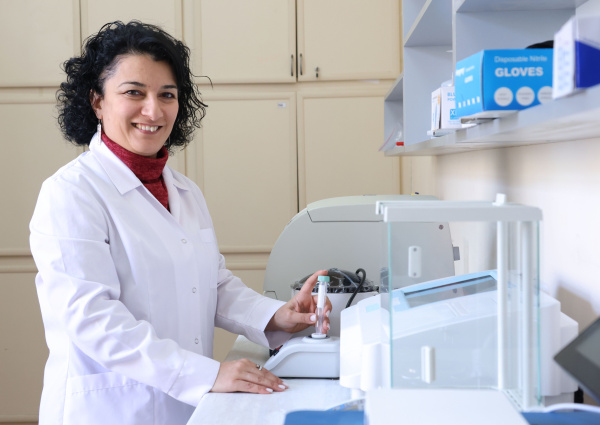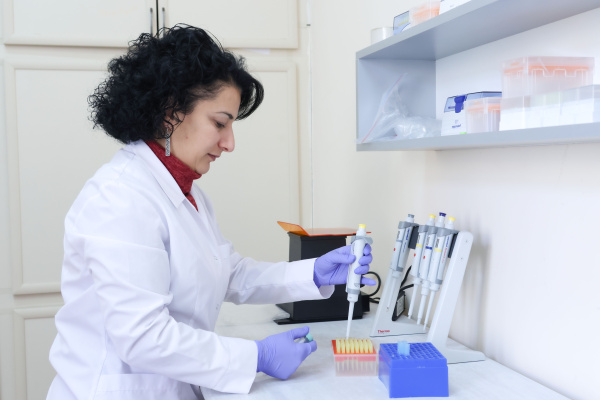January 09, 2025 | 12:45
Science
Research
Competitions
Pathogens of zoonotic diseases from wild mammals to be studied
Pathogens of new diseases can be transmitted to humans by synanthropic mammals that live alongside people. To counteract this phenomenon, it is essential to first study what pathogens these mammals carry. This issue falls within the research domain of Associate Professor Astghik Ghazaryan from the Faculty of Biology.

Astghik Ghazaryan's scientific project, titled "Synanthropic Wild Mammals in the Cities of Armenia as Reservoirs of New Disease Pathogens", has been funded as part of the "Prospective Research Projects-2024" competition, announced by the Higher Education and Science Committee of the Ministry of Education, Science, Culture and Sports of the Republic of Armenia.

- Ms. Ghazaryan, what are synanthropic wild mammals, and why are they considered potential reservoirs of new disease pathogens?
- Synanthropic mammals are species that have adapted to live alongside humans and in human settlements. Living in close proximity to people, these mammals can become infected with human diseases. It is possible that the pathogens of these diseases, after mutating, may be transmitted to humans in an altered form. Alternatively, some mammals may simply spread pathogens they have acquired from humans or other animals.
The biology, behavioral characteristics, genetic diversity, and parasites of wild mammals have been the focus of our research for years. The current goal of our study is to determine what pathogens are carried by the synanthropic species in the two major cities of Armenia—Yerevan and Dilijan. By understanding this, we aim to develop strategies to counteract them.
- Why were Yerevan and Dilijan chosen as the locations for the study?
- We selected two major cities: Dilijan, located in a forested landscape, and Yerevan, situated in a steppe region. Yerevan houses the majority of Armenia’s population, and there is a constant influx of people from various regions. Additionally, Yerevan receives a large number of tourists annually, some of whom may bring animals with them. Dilijan is also a tourist city. The diversity of synanthropic species varies depending on ecological conditions, so the combination of two major tourist cities and distinct ecological environments is expected to yield valuable and unique data.

- How will you make the results of your research accessible to the competent authorities?
- We have obtained special permission from the Ministry of Environment of the Republic of Armenia to hunt animals in the wild. At the end of the year, we will submit a report detailing the data obtained from the hunting activities. If necessary, specific pathogen data will also be provided to the National Center for Disease Control and Prevention (NCDC) of the Ministry of Health of the Republic of Armenia.
The research team includes chair staff members Astghik Ghazaryan, Tigran Hayrapetyan, Tehmine Harutyunyan, Ofik Yelabekyan, and PhD student Tatevik Harutyunyan from the Chair of Zoology at Yerevan State University. Each participant has a defined role in the project. Additionally, under a subcontract, the research team also includes Georgi Papov, a researcher from the Zoology Laboratory at YSU Institute of Biology, and Oleg Sherbakov, a researcher at the Zoology and Hydroecology Scientific Center at the National Academy of Sciences of Armenia.
At least 4 articles will be published in scientific journals regarding the results of the study, 2 of which will be in journals with an SJR index (SCImago Journal Rank Indicator) equivalent to the Q1 quartile.

